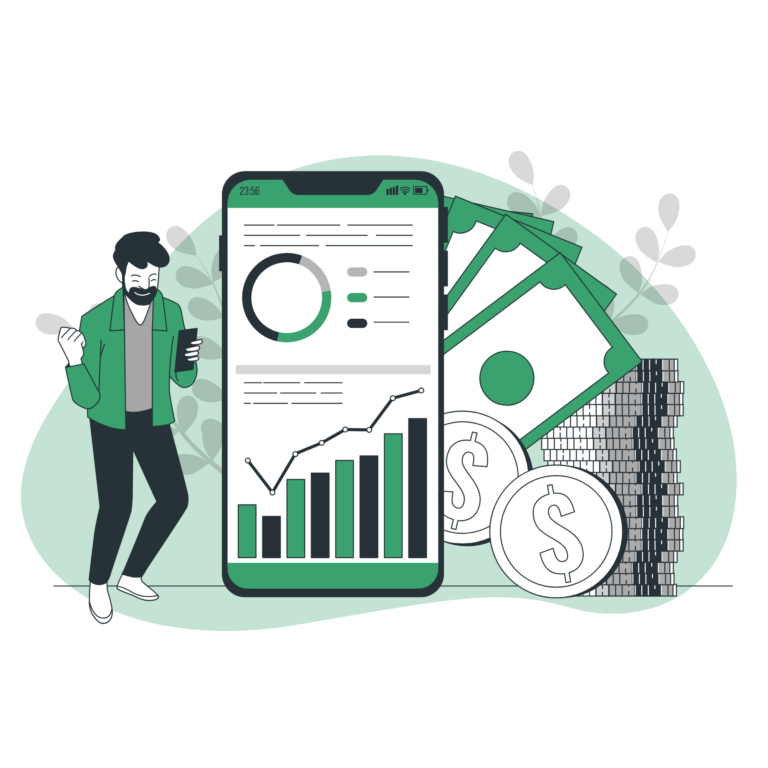In software development, understanding the legal aspects is vital. It protects your work and ensures compliance. This article aims to clarify key points on IP and licensing in software development, without using complex jargon.
1. Intellectual Property Protection:
In software development, intellectual property refers to intangible assets. They are created by individuals or companies. These assets can include software code, algorithms, designs, and user interfaces. It’s vital to protect your IP. It safeguards your innovations and gives you a competitive edge.
Copyrights: Copyright protection automatically applies to original works of authorship, including software code. As a software developer, you hold the copyright to your code from the moment it’s created. However, registering your copyright gives you some legal benefits. It lets you sue for statutory damages in case of infringement.
Trademarks: Trademarks protect symbols, names, and slogans used to distinguish goods and services. In software development, trademarks can protect your brand. This includes your software’s name and logo.
Patents: They can protect software inventions. But, the software patent landscape is tough to navigate. The legal standards keep changing. However, certain jurisdictions may grant patents for innovative software functionalities or processes.
2. Licensing Considerations:
Licensing is vital in software development. It lets developers control how their software is used, shared, and changed. Knowing the types of licenses is key. It ensures compliance and manages intellectual property rights.
Open Source Licenses: Open source licenses let developers share their software. They allow users to use, modify, and distribute it under certain terms. Popular open source licenses include the MIT License, GPL, and Apache License.
Proprietary Licenses: These, or closed-source licenses, restrict software use, modification, and distribution. Developers control their software. They may require users to buy licenses for commercial use or premium features.
Dual Licensing: Some developers use dual licensing. They offer their software under both open source and proprietary licenses. This lets developers meet users’ varied preferences. It also keeps control over their software’s commercial distribution.
Conclusion:
In software development, navigating the law is tricky. It requires a deep understanding of intellectual property and licensing. Protect your intellectual property. Choose the right licenses. This will reduce legal risks, encourage innovation, and maximize your software’s value. Stay informed, compliant, and innovative in software development’s fast-changing world.







